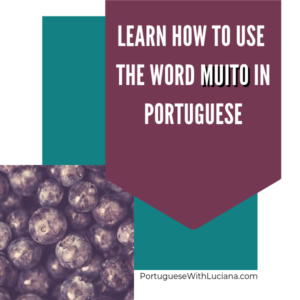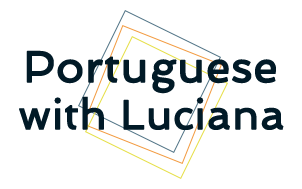 In Portuguese, students frequently mix up the word muito or forget to use its inflected forms (muito, muita, muitos, muitas) because we use one word for two or three different ones in English.
In Portuguese, students frequently mix up the word muito or forget to use its inflected forms (muito, muita, muitos, muitas) because we use one word for two or three different ones in English.
Muito can be translated as very, many/much, a lot. Here I’ll give you some tips to help you choose the right word to use. Then you’ll see more examples and one activity to help you understand and practice muito. First we’ll separate all these forms of muito.
Muito as an adverb.
There is muito as an adverb and it NEVER changes. Examples:
(1) Marisa Monte canta muito.
(2) Marisa Monte canta muito bem.
In the examples above muito INTENSIFIES (1) the verb cantar and (2) another adverb bem.
Muito as a pronoun.
When muito is used as an indefinite pronoun it can be inflected (= changed to masculine, feminine, singular, plural) and it refers to a noun. It indicates QUANTITY. Examples:
(1) Marisa Monte deve ter muito dinheiro. (muito refers to dinheiro)
(2) A cantora já fez muitos shows. (muitos refers to shows)
(3) Muita gente já viu Marisa Monte cantar. (muita refers to gente)
(4) Ela canta muitas músicas famosas. (muitas refers to músicas)
Check the examples in the image below and complete the text with the correct form of muito.
I hope it helped and you enjoyed the activity!
If you have questions, leave me a comment below!
Até a próxima!



